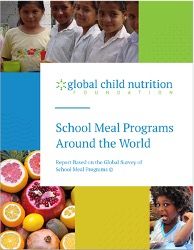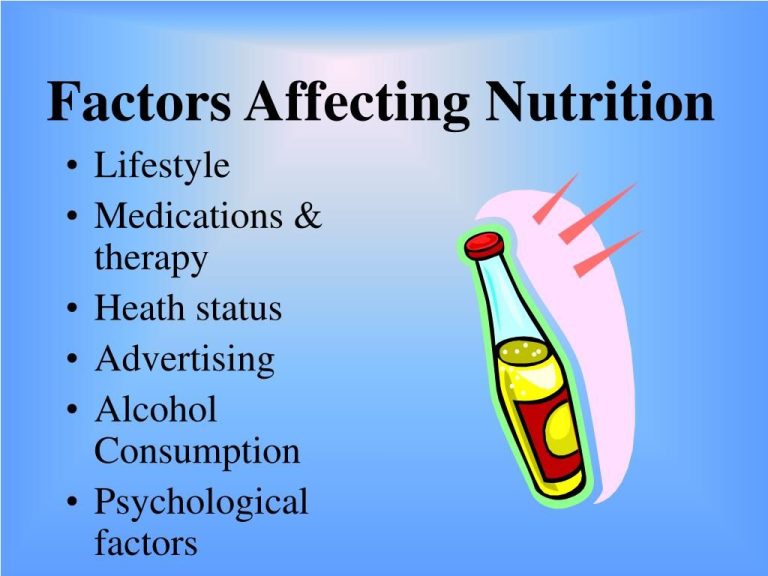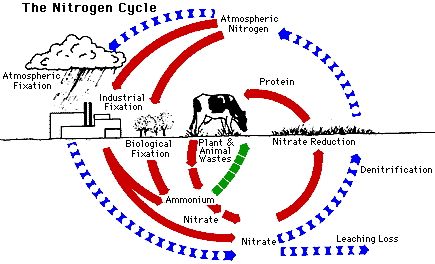Hunger and malnutrition are critical issues affecting millions of people worldwide. Despite significant advancements in various fields, millions of individuals, particularly in developing countries, continue to suffer from hunger and face severe malnutrition. This article explores the causes, effects, and potential solutions to address this pressing global crisis.
Causes of Hunger and Malnutrition
There are multifaceted causes contributing to the prevalence of hunger and malnutrition worldwide. One significant factor is poverty, primarily affecting countries with low-income populations. Limited access to basic resources such as food, clean water, and healthcare exacerbates the problem. Additionally, political instability, armed conflicts, and poor governance can hinder economic growth, leading to limited agricultural productivity and inadequate social welfare systems.
The Effects of Hunger and Malnutrition
The consequences of hunger and malnutrition are far-reaching and devastating. Insufficient access to nutritious food and essential nutrients weakens the immune system, making individuals highly vulnerable to diseases and infections. Malnourished children suffer from stunted growth and cognitive impairments, hindering their overall development and educational prospects. Furthermore, hunger and malnutrition contribute to increased mortality rates, particularly among infants and young children.
Efforts to Combat Hunger and Malnutrition
The international community, governments, and numerous organizations have recognized the severity of hunger and malnutrition, leading to collaborative efforts to combat this crisis. Some initiatives focus on increasing agricultural productivity by providing farmers with necessary tools, knowledge, and financial support. Others prioritize the development and implementation of sustainable farming practices and the promotion of local food production to reduce dependence on imports.
Targeted interventions aim to improve access to nutritious food by implementing school feeding programs, supporting breastfeeding practices, and distributing nutrient-dense supplements. Additionally, initiatives such as cash transfer programs and social protection schemes strive to alleviate poverty and improve the overall well-being of vulnerable populations.
Innovative Solutions and Technological Advancements
Advancements in technology have played a crucial role in combating hunger and malnutrition. For instance, precision agriculture techniques enable farmers to optimize crop yields while minimizing resource use. Genetic modification and biofortification techniques have been employed to enhance the nutritional content of staple crops.
Furthermore, digital platforms, such as mobile applications, have facilitated access to critical information on nutrition, agricultural practices, and market systems. These platforms empower farmers and consumers with knowledge and facilitate efficient resource allocation, ultimately improving food security.
The Importance of Sustainable Development
Addressing hunger and malnutrition requires adopting a holistic approach that prioritizes sustainable development. This involves ensuring long-term food security while protecting the environment and preserving natural resources. Sustainable farming practices, such as organic farming and agroforestry, promote biodiversity, soil health, and water conservation. Additionally, reducing food waste at various stages of the supply chain plays a crucial role in achieving sustainable development goals.
Conclusion
Hunger and malnutrition remain significant challenges in many parts of the world, perpetuating poverty and hindering social and economic development. Addressing these issues requires a comprehensive approach involving governments, international organizations, and individuals. By implementing sustainable development strategies, leveraging innovative solutions, and prioritizing equitable access to nutritious food, we can work towards a world free from hunger and malnutrition.










